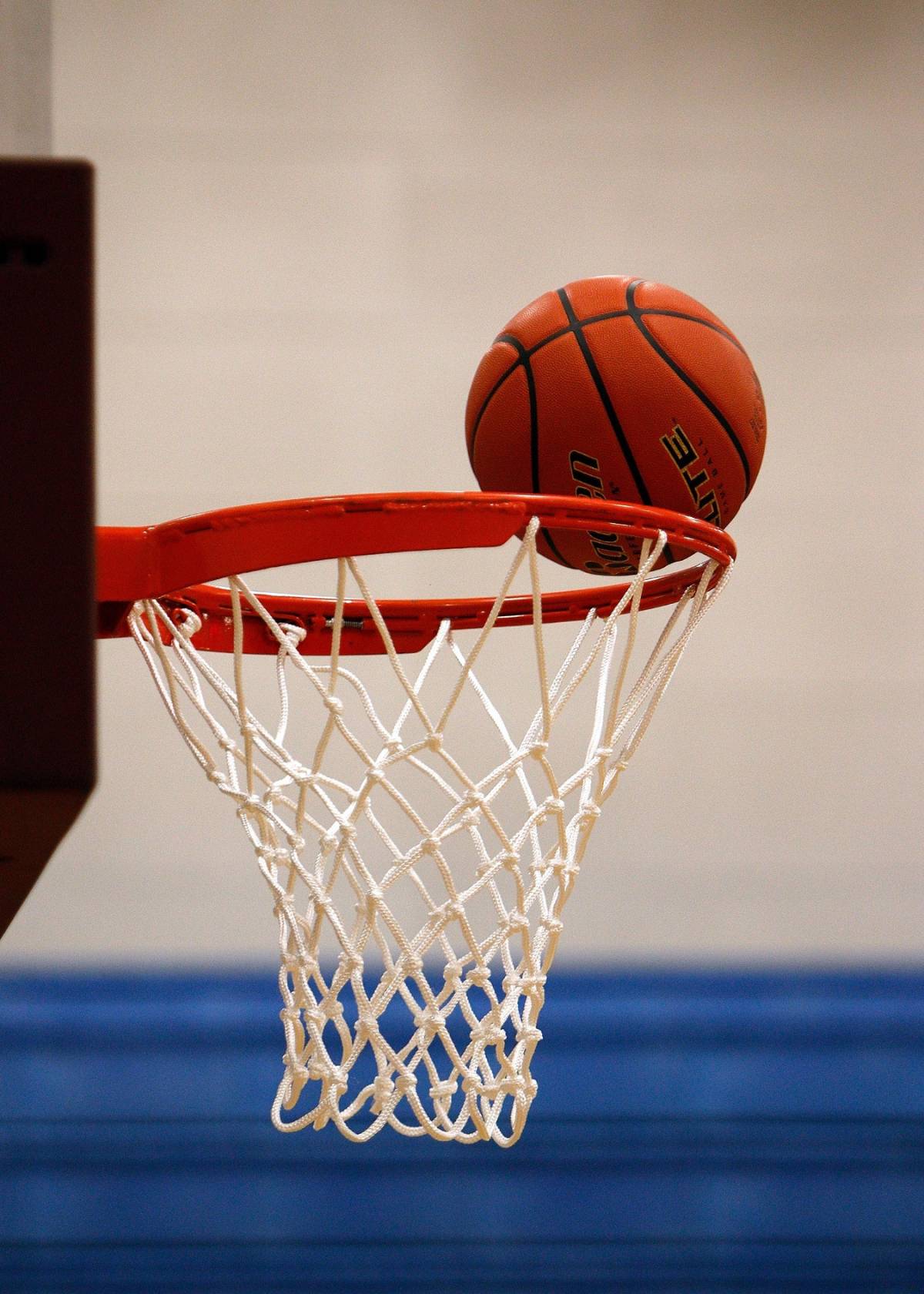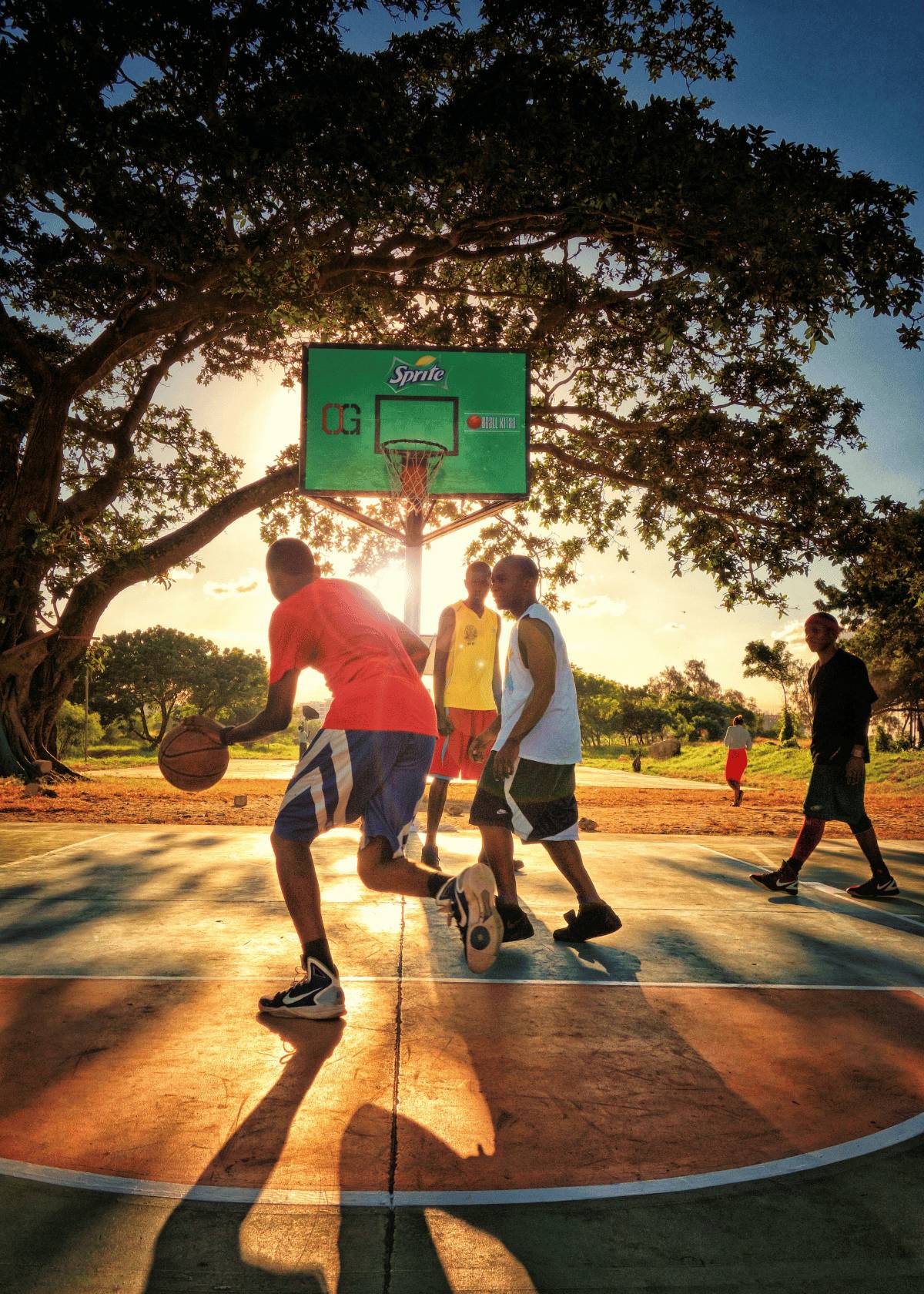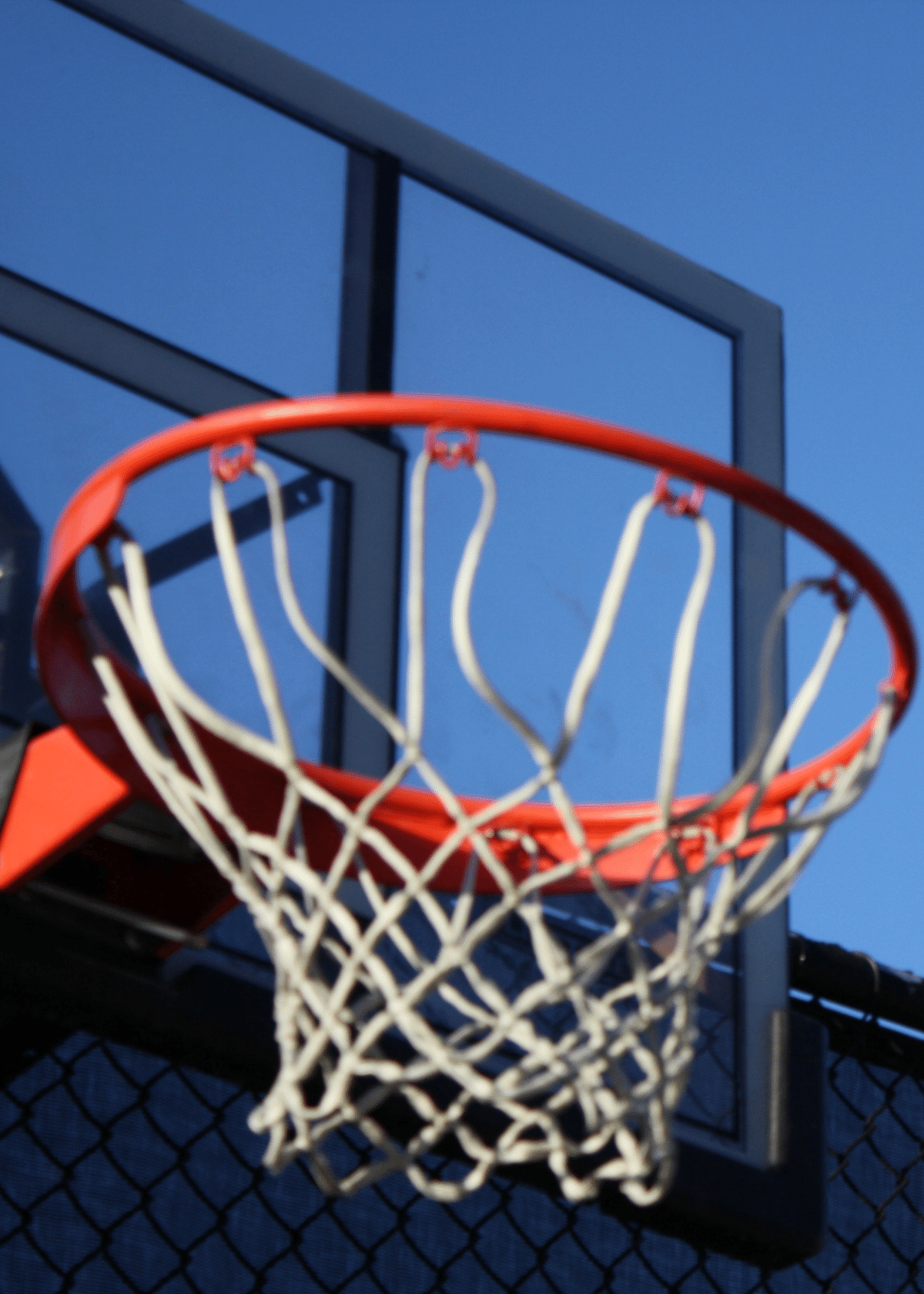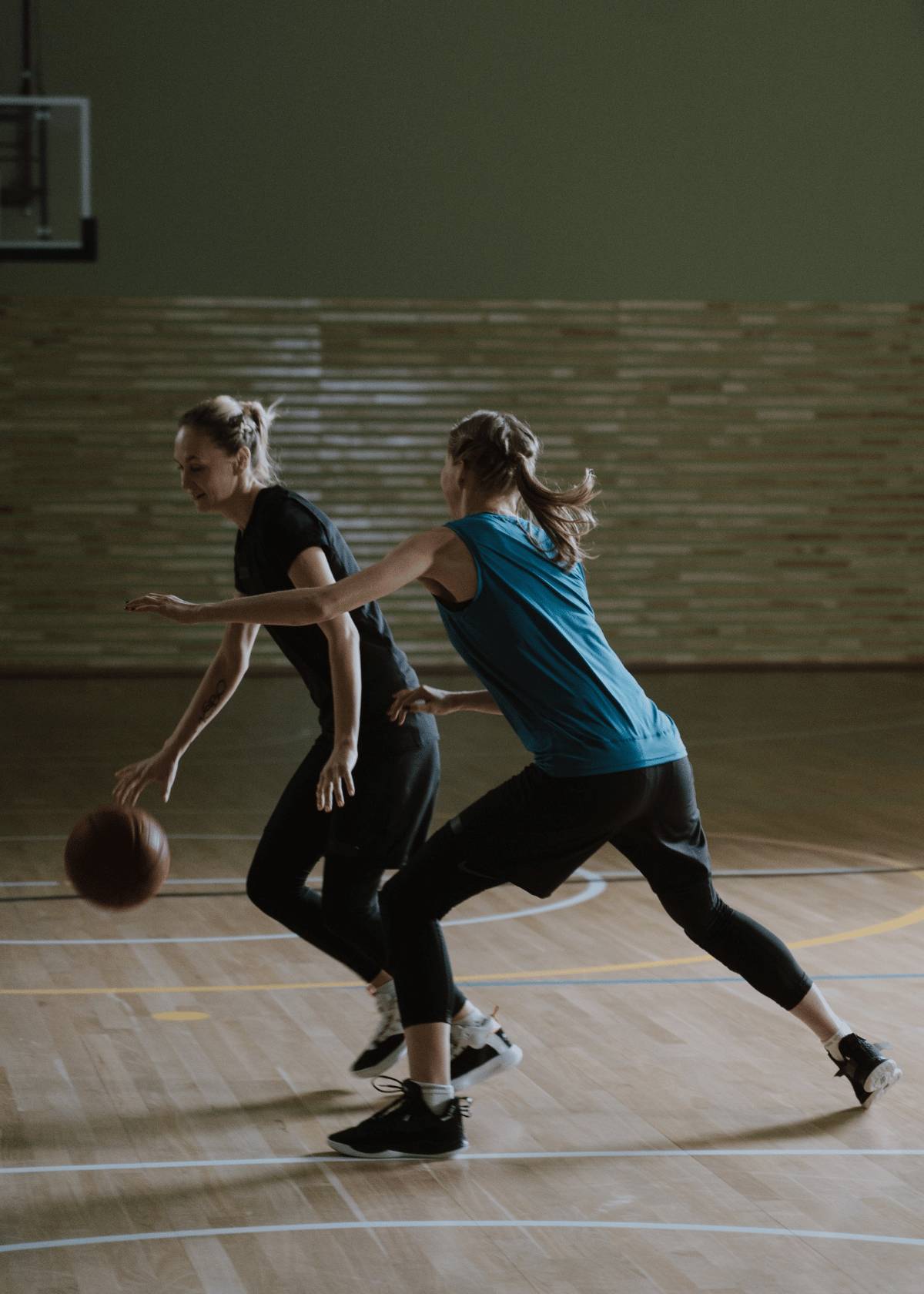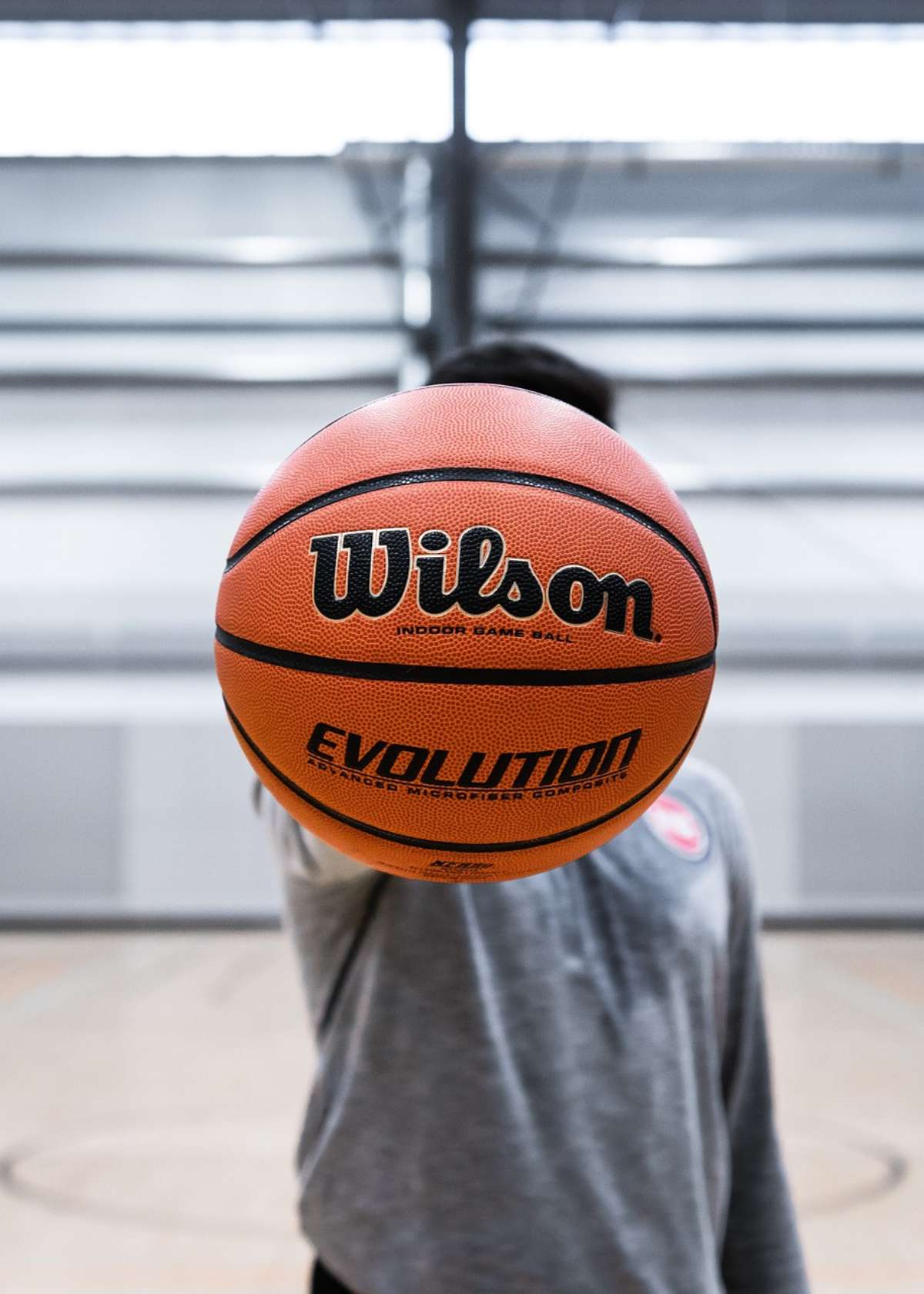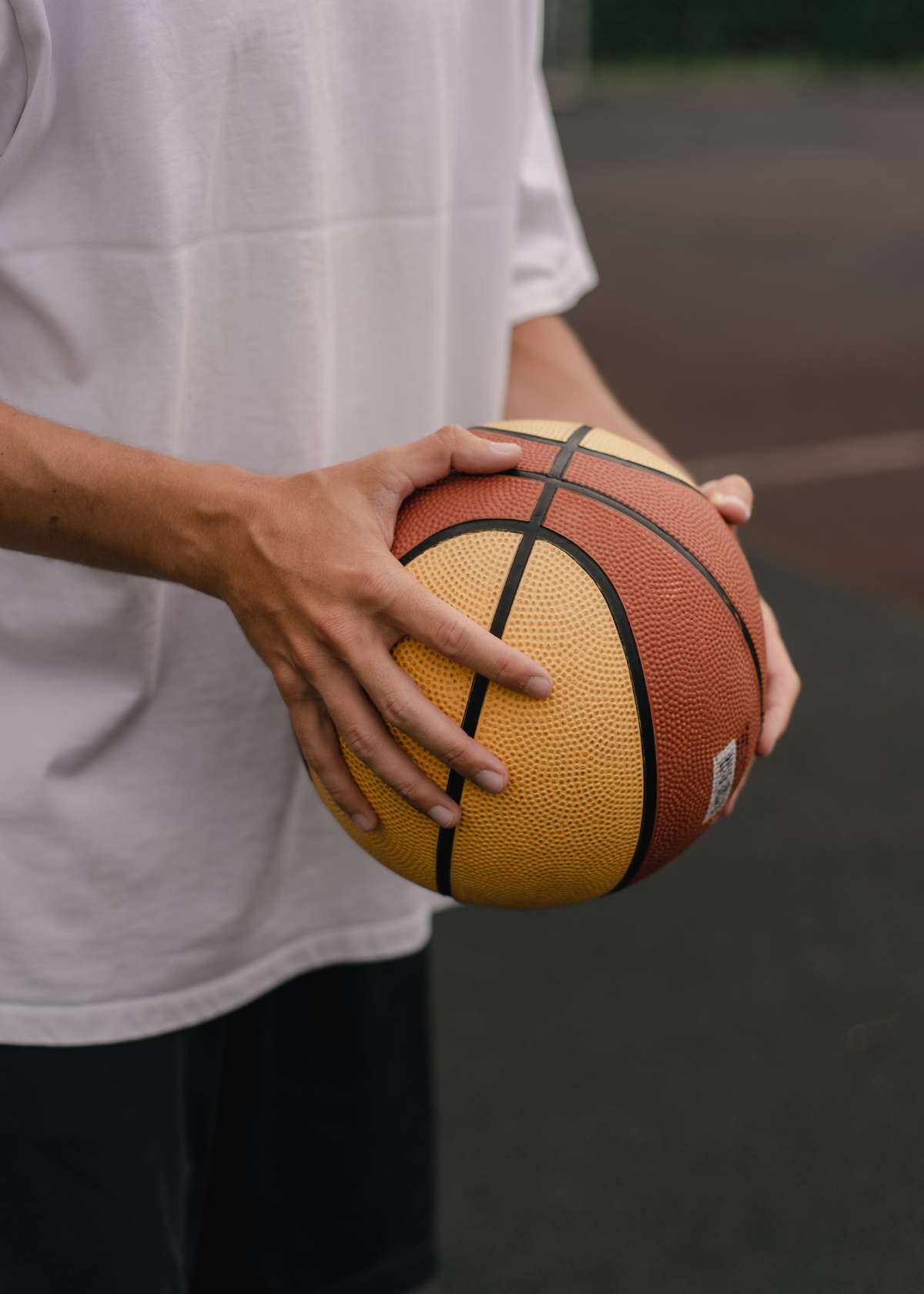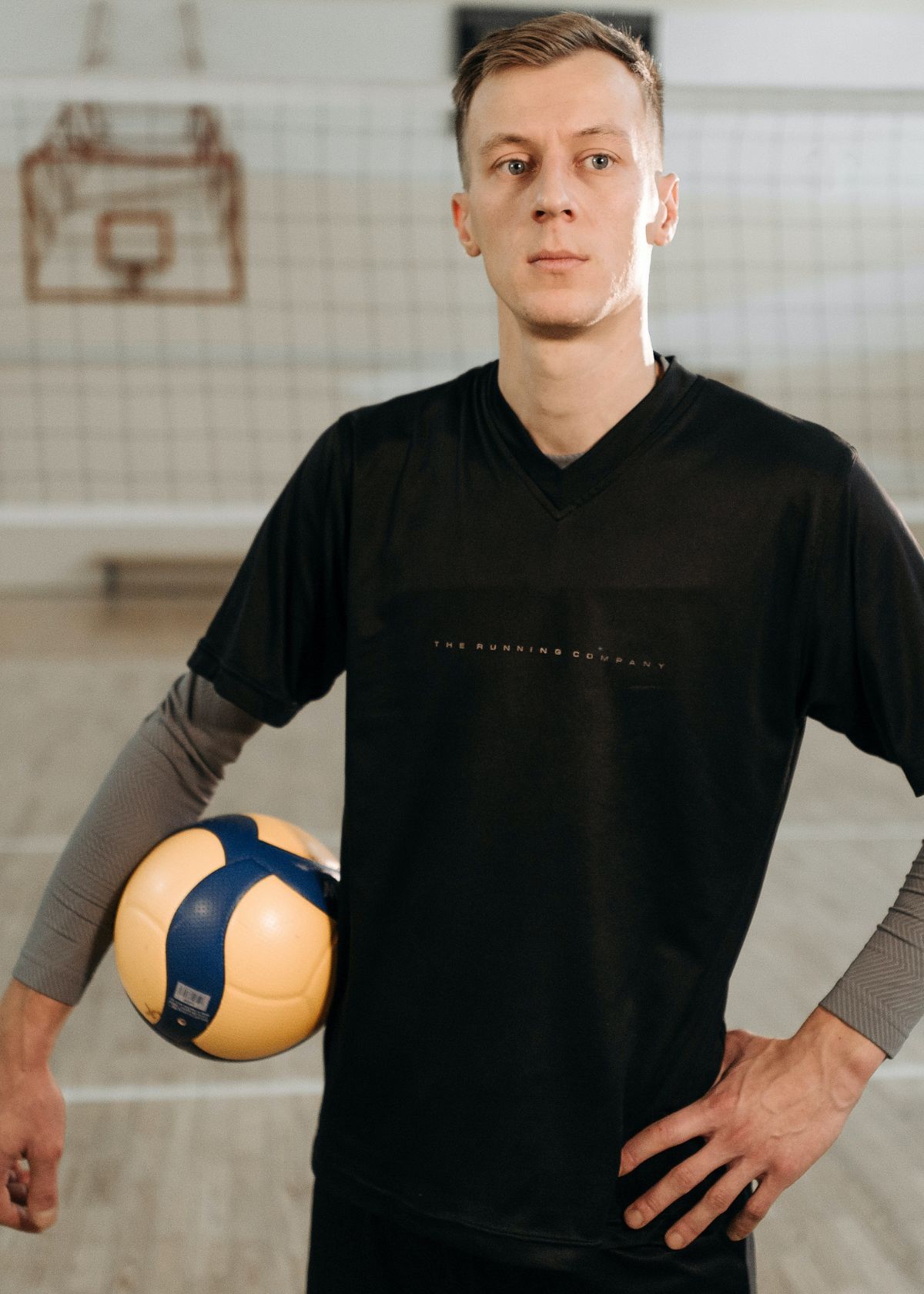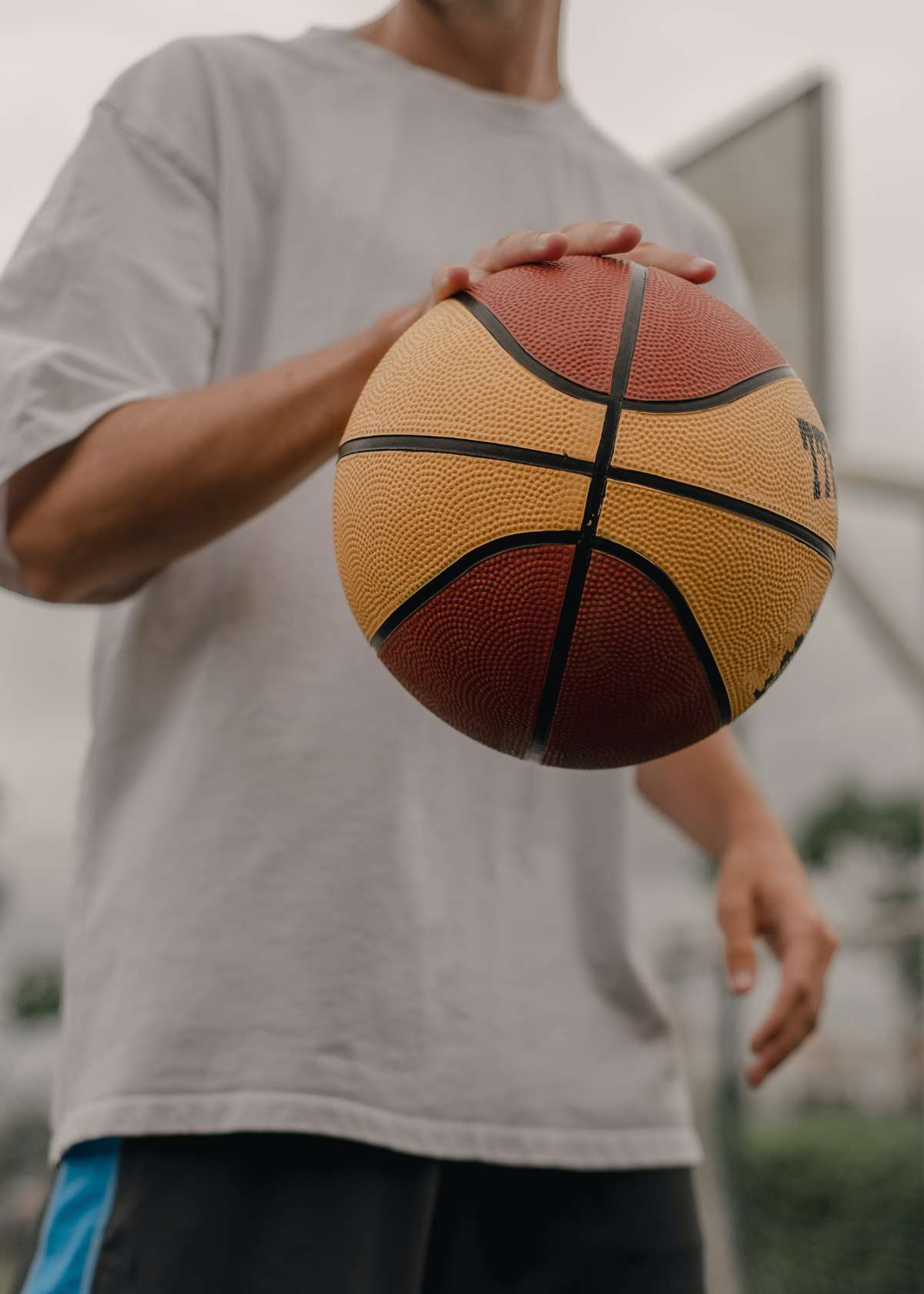If you're an avid basketball player or simply a fan of the game, you've probably wondered at some point how much a basketball weighs. After all, the weight of the ball can impact how you play the game, from your shooting to your passing.
In this post, we'll dive into everything you need to know about basketball weight, including the official weights of professional and amateur leagues, how weight affects performance, why it's important to choose the right weight, and more. Let's get started!
The Official Weight of a Professional Basketball
Let's start with professional basketball leagues. The official weight of a basketball for the NBA is 22 ounces or 1.4 pounds (624 grams). However, the weight of the ball can vary depending on the league.
In NCAA, the basketball's weight is the same as the NBA's; In contrast, FIBA (International Basketball Federation) has a basketball that weighs 22-23 ounces (620-650 grams) with a circumference of 29.5 inches.
How Much Does the Basketball Weigh in the NBA?
As aforementioned, the NBA requires the basketball to weigh exactly 22 ounces. This weight is standard among the men's professional basketball leagues in Europe, Asia, and Australia.
How Much Does the Basketball Weigh in the NCAA?
The NCAA follows similar rules to the NBA, regarding the ball's size and weight, and requires that the basketball weigh 22 ounces. Likewise, the official ball for the Women's NCAA weighs 20 ounces and has a circumference between 28.5 and 29 inches.
How Much Does the Basketball Weigh in FIBA?
The International Basketball Federation (FIBA) regulates professional basketball games worldwide. FIBA has set the official weight for men's basketballs at 22 ounces and for women's basketballs at 20 ounces. FIBA's official game ball has a circumference, measuring between 28.5 and 29 inches for women and under 29.5 inches for men.
The Weight of Women's and Youth Basketballs
If you're playing in a women's basketball league, you might wonder if the ball is the same weight as in men's leagues. Women's basketballs are slightly smaller than men's basketballs.
In the WNBA, women's basketballs are generally smaller and lighter than men's basketballs, with a maximum circumference of 29 inches and a weight range of 18 to 20 ounces.
However, in youth leagues, the weight of the ball can vary depending on the age group. For example, in the under-8 age group, the official weight of the ball is 14 ounces. For the 9-11 age group, it's 16-17 ounces, and for ages 12-14, it's 18-20 ounces.
Check out the table below for a sneak peek at the different basketballs in play.
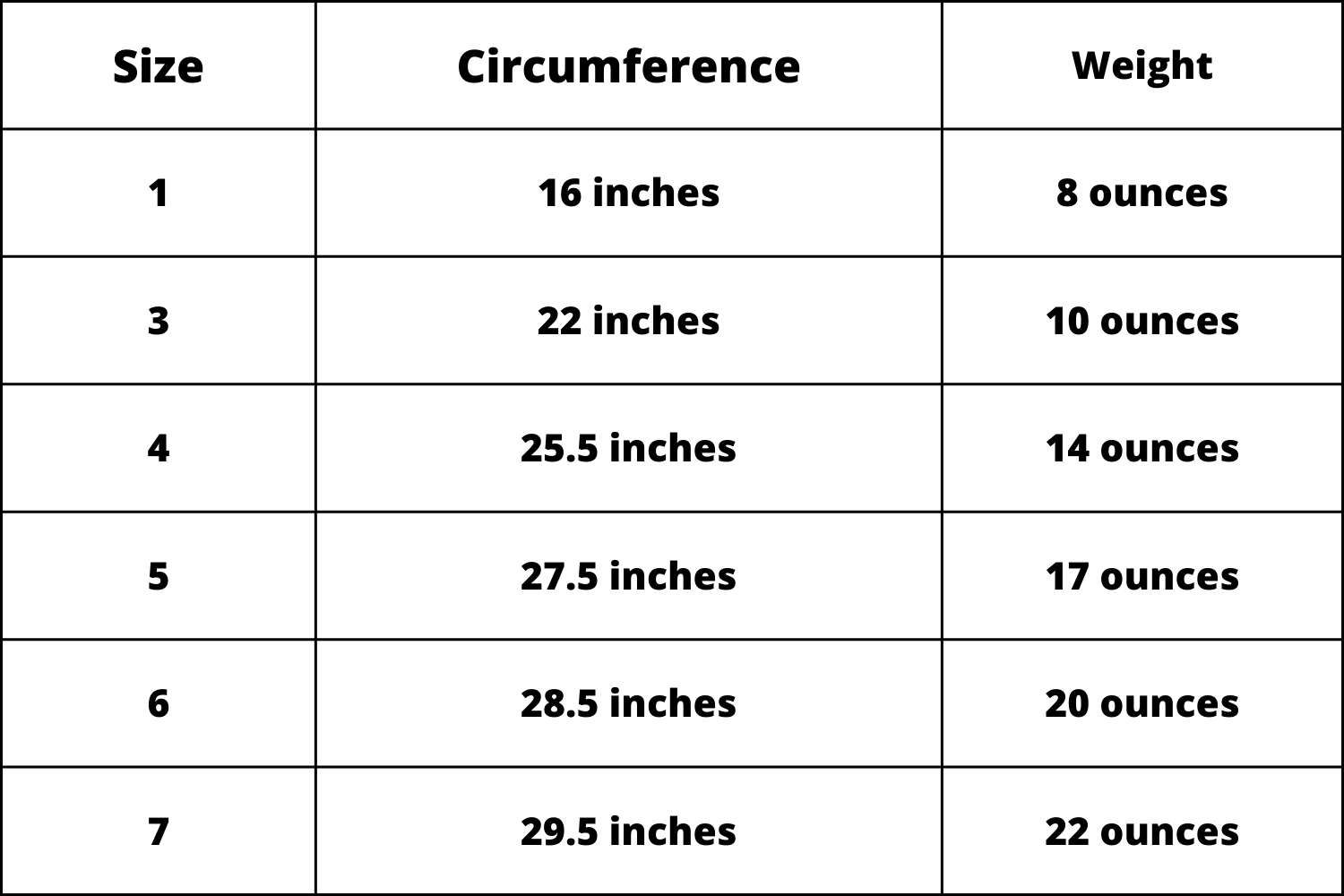
How Basketball Weight Affects Performance
While the slight differences in weight between leagues might not seem significant, they can impact your performance on the court. For example, a slightly lighter ball could be easier to handle and pass but may not provide the same heft for shooting.
On the other hand, a heavier ball might feel more substantial when shooting but could be more difficult to dribble and pass. It's essential to experiment with different weights of basketballs to see which one feels most comfortable for your style of play.
The weight of a basketball can significantly impact your performance on the court, so it's important to choose one that feels right for you. Knowing the official weight of a basketball and how it can vary based on league or age group is essential for finding the perfect fit.
Impact of Material and Construction on Basketball Weight
Basketballs are typically made out of materials like leather, synthetic leather, or rubber. The material can impact the weight of the ball, as well as its feel and durability.
Additionally, different types of basketballs have different construction methods, such as glued panels or molded materials, which can affect weight as well.
Leather basketballs are heavier than synthetic basketballs because they absorb more moisture, which makes them heavier during play. Composite basketballs, on the other hand, are lighter and more durable, making them an ideal choice for outdoor play.
Differences in Weight Between Indoor and Outdoor Basketballs
If you've ever played basketball outside, you may have noticed that the ball feels different than an indoor ball. This is because outdoor basketballs are typically made out of rubber, which is less sensitive to temperature changes and is more durable in outdoor conditions.
These rubber balls tend to be slightly heavier than their indoor counterparts, which are often made from leather or synthetic leather.
Indoor basketballs are generally lighter and softer than outdoor basketballs, which makes them easier to handle. However, indoor basketballs tend to be less durable and may not hold up as well in outdoor conditions.
Why is it Important to Choose the Right Weight Basketball?
Choosing the right basketball weight can impact your performance and prevent injuries. A ball that is too light or too heavy can reduce your accuracy, grip, and speed.
A ball that's too heavy could strain your wrist and arm, while a ball that's too light could reduce your control and power.
Therefore, selecting a basketball that is appropriate for your needs is crucial to playing your best game.
How to Check if Your Basketball is the Correct Weight
To check if your basketball is the correct weight, you can use a scale to weigh it. Most professional basketballs should weigh 22 ounces, and youth basketballs should weigh between 12 and 16 ounces.
If you're playing in an organized league, make sure to check the league's regulations to ensure that your ball adheres to the official weight and size standards.
Conclusion:
In conclusion, the weight of a basketball can impact your performance and enjoyment of the game. While the official weight of a basketball varies between leagues, it's important to choose a ball that feels comfortable for your style of play and that follows your league's regulations.
Additionally, the material, construction, and indoor/outdoor differences can also impact the weight of the ball, so it's essential to consider these factors when selecting a basketball.
With the right weight basketball, you'll be able to play the game more comfortably and confidently, allowing you to focus on your skills and strategy.
Have fun on the court!
Find the perfect basketball for any setting with our expertly selected top picks. Say goodbye to research - we've got you covered.
Check out our captivating blog posts on basketball, sports, and fitness!
